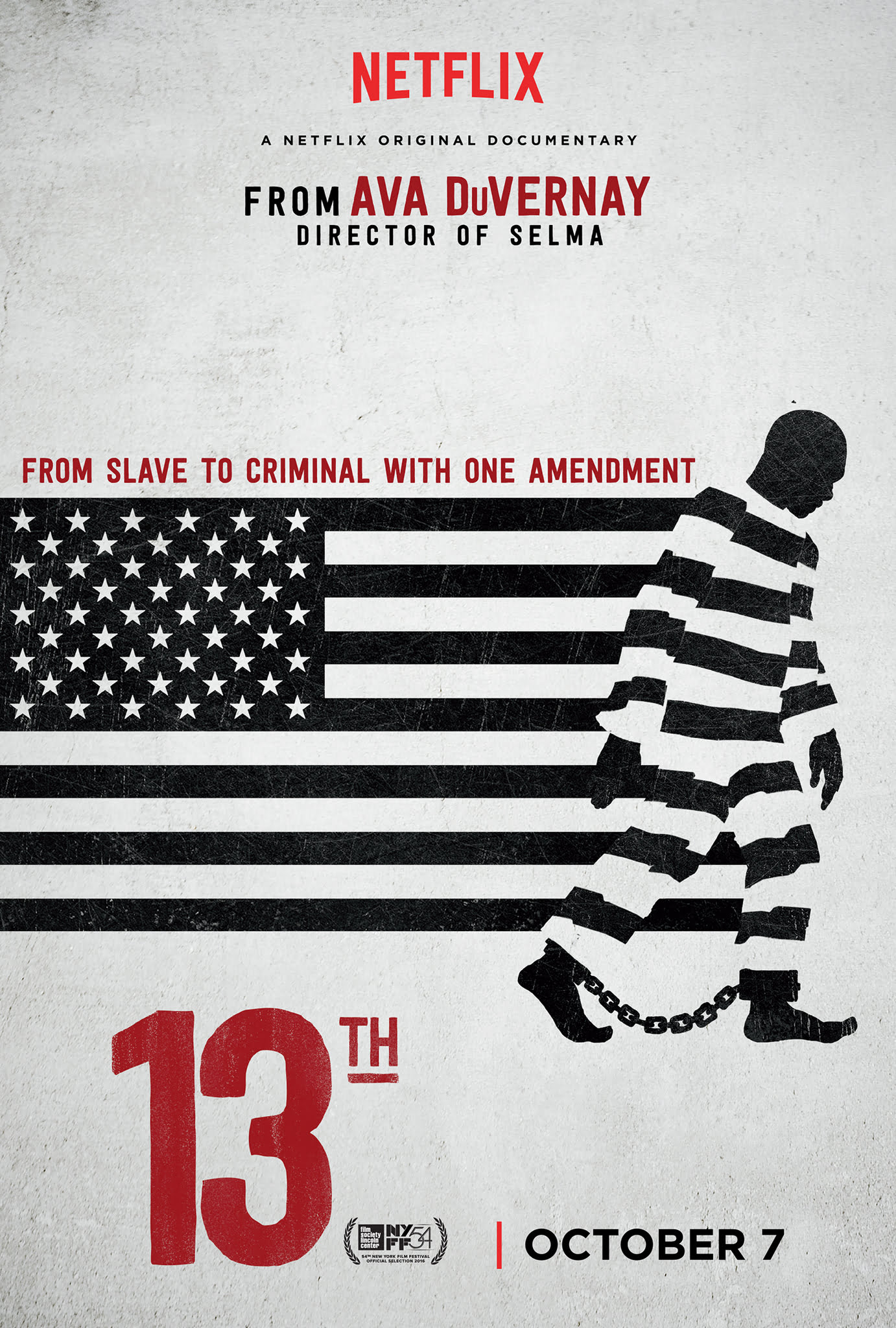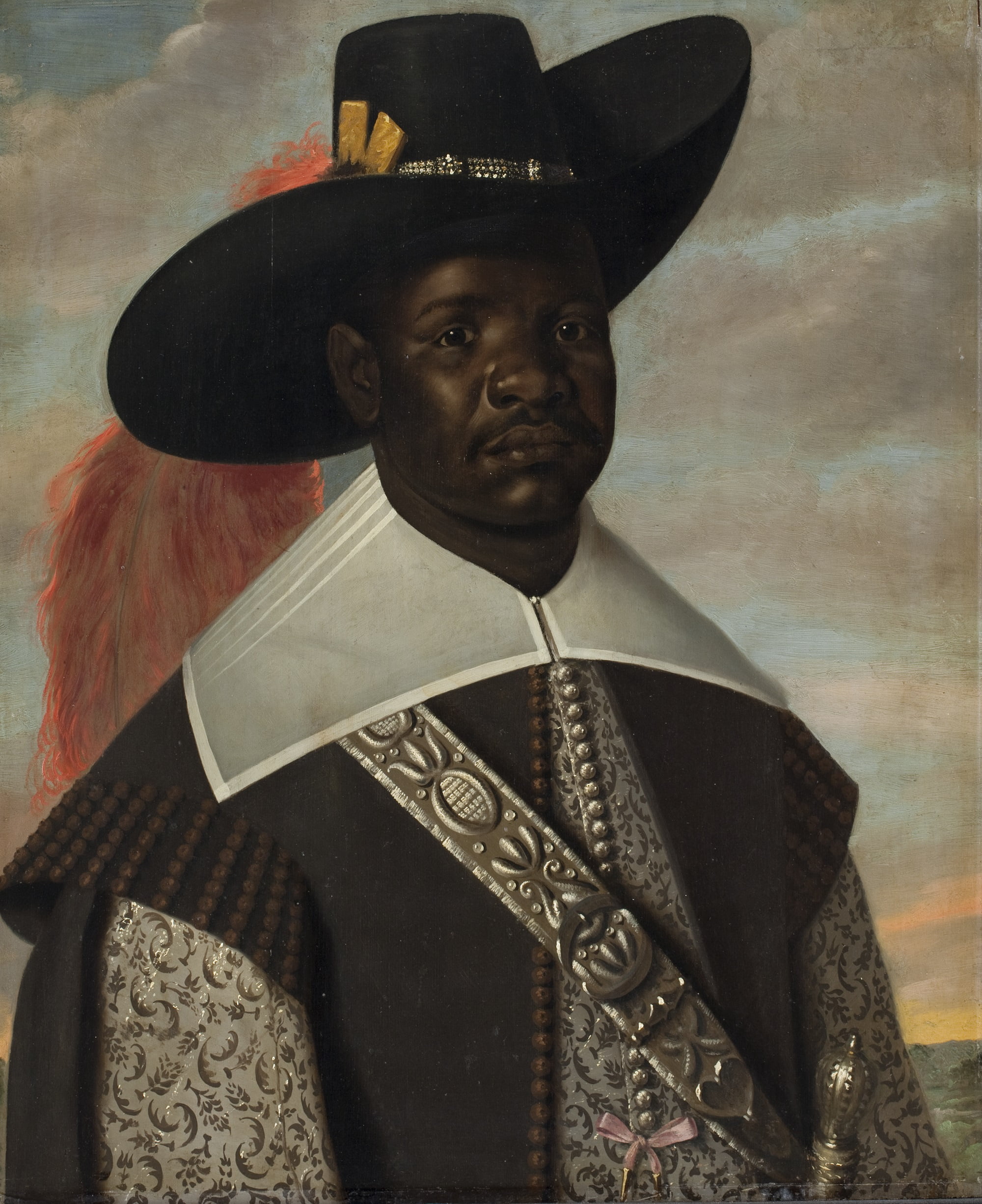Current events emphasise what has long been evident: that it’s high time to put more diverse narratives in the spotlight. Here is a selection of works that can provide a good place to start, from art, to fiction, to film.
BOOK
The Vanishing Half by Brit Bennett
The Vanishing Half is the epic new novel by Brit Bennett, The New York Times-bestselling author of The Mothers. From the first page, you’re drawn into the story of Stella and Desiree, African American twin sisters from Mallard, a fictional town in Louisiana where people are so light-skinned, they could “pass” for white. Although the identical twins look the same, their lives become very different when the girls run away from home and choose their own paths.
Stella decides to go through life as a white upper-middle-class Californian woman. With her rich, white husband and blue-eyed blonde child, she goes through great lengths to hide her invisible blackness. Desiree moves back to their hometown with her black child, facing numerous humiliations in the “beige-white” community.
Spanning many decades, from the 1950s to the 1990s, The Vanishing Half is, in addition to race, also about gender, choices, desires and expectations. A memorable scene is the assassination of Martin Luther King. Stella’s all-white community call him “an impressive speaker, maybe even agreed with some of his ideas… might have even cried watching his funeral… but they still wouldn’t have allowed the man to move into their neighbourhood.”
The current racial riots in the US are now often being compared to the civil unrest of 1968, making The Vanishing Half, sadly enough, a timeless book. Reading about this turbulent historical period through the eyes of the two sisters feels especially current in these times of renewed civil unrest against racism, police brutality and inequality.
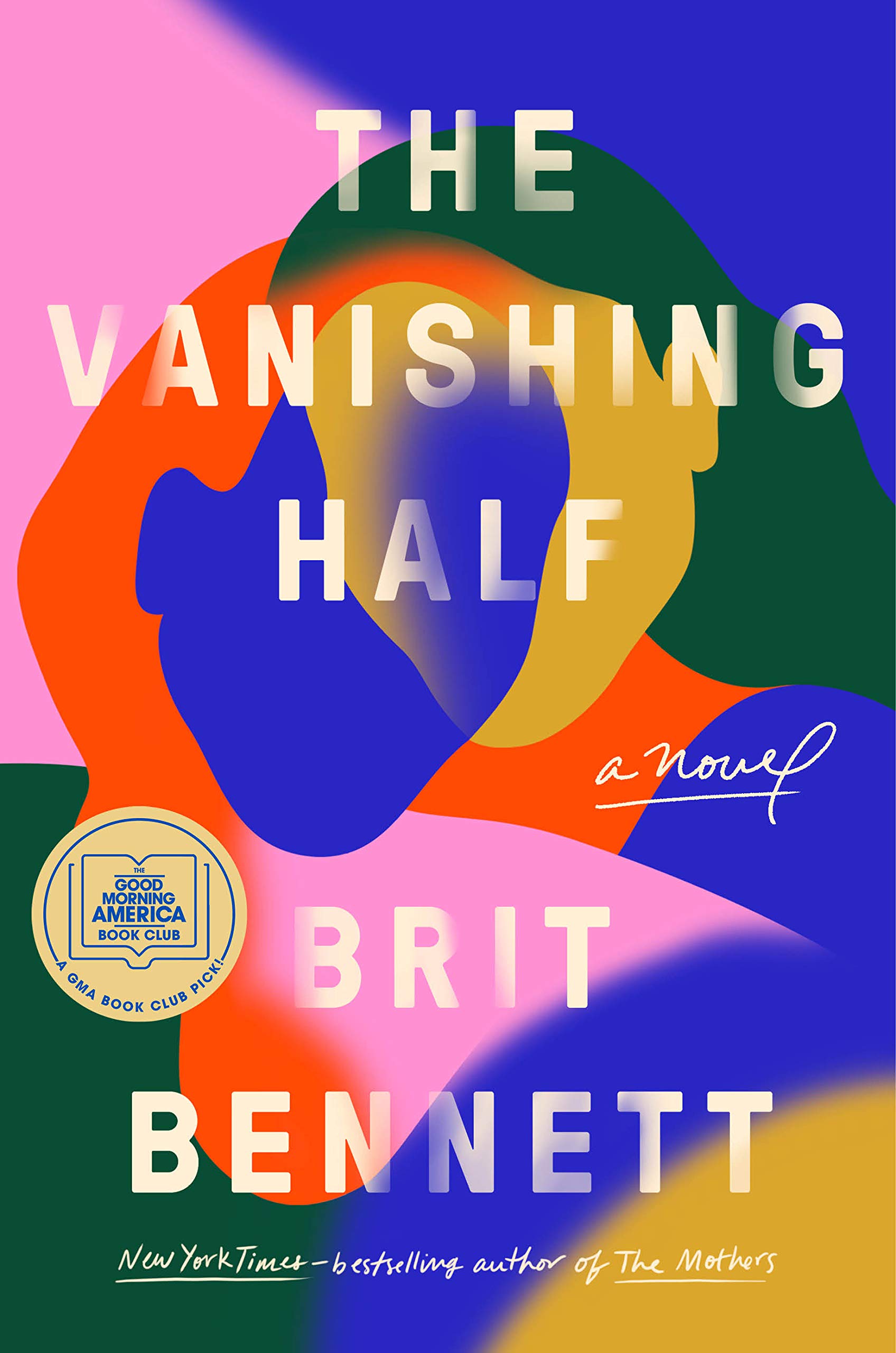
The Vanishing Half by Brit Bennett
FILM
Green Book vs If Beale Street Could Talk
Although Green Book (directed by Peter Farrelly) and If Beale Street Could Talk (directed by Barry Jenkins) are both award-winning films about racism, they couldn’t be further apart in their approach. The former being a typical Hollywood feel-good production, while the latter is an altogether more unsettling affair, with its insight into the grim Afro-American reality of racial injustice.
Green Book is the true story of black classical pianist Don Shirley and Tony “Lip” Vallelonga, his racist Italian-American driver, as they travel together on a concert tour in the segregated South of the 1960s. As Tony gets to know his black passenger, he changes his racist attitude and the men develop something akin to friendship. Some loved Green Book, which was awarded an Oscar for best film, and others, including mainly black critics, see it as an unrealistic, sugar-coated rendition of the story. They argue that it doesn’t make sense that the story of “a black queer musical genius with multiple doctorates” (Voices of Color) is told from the perspective of his white driver.
Furthermore, covering racism through white eyes tends to minimise the issues that people of colour go through and it reinforces the idea that racism is something of the past. All’s well that ends well seems to be the idea, allowing the audience the chance to feel relieved about “how far we’ve come since then”. As critic Joseph Harker says in the Guardian: “Their enduring message is that racism is all about bigots who beat up black people and shout ‘nigger’. Everyone who doesn’t do that is some kind of woke hero.” The (white) producers of Green Book undoubtedly meant well, but when black people can’t relate to the version of racism they portray, how real is it?
By contrast, If Beale Street Could Talk is told from a black perspective and is not about making you feel good as it portrays the racist injustice that a young Afro-American couple face. Beale Street refers to a 1970s Harlem district, but is symbolic for a place where black people can express themselves freely, without fear of being silenced and oppressed. The movie starts romantically, with young African Americans Fonny and Tisch strolling along the Hudson, holding hands and kissing. But already in the next scene the picture becomes a lot less innocent: Fonny is in prison, framed for a crime he clearly didn’t commit.
Director Jenkins does not shy away from giving an insight in the Afro-American experience of racial injustice that is at times uncomfortable to watch. We see white men treating Tisch as if they own her, cornering her or holding her hand possessively to smell the perfume she sells in a department store. Interspersing the main narrative throughout the film, are grim black-and-white images of real black arrests and prisoners, adding an extra layer. If Beale Street Could Talk is a less easy watch, leaving you with a feeling of discomfort and anger about racial injustices. Especially when you realise that these are still a daily occurance. But at least in this film, you know that things are not glossed over.
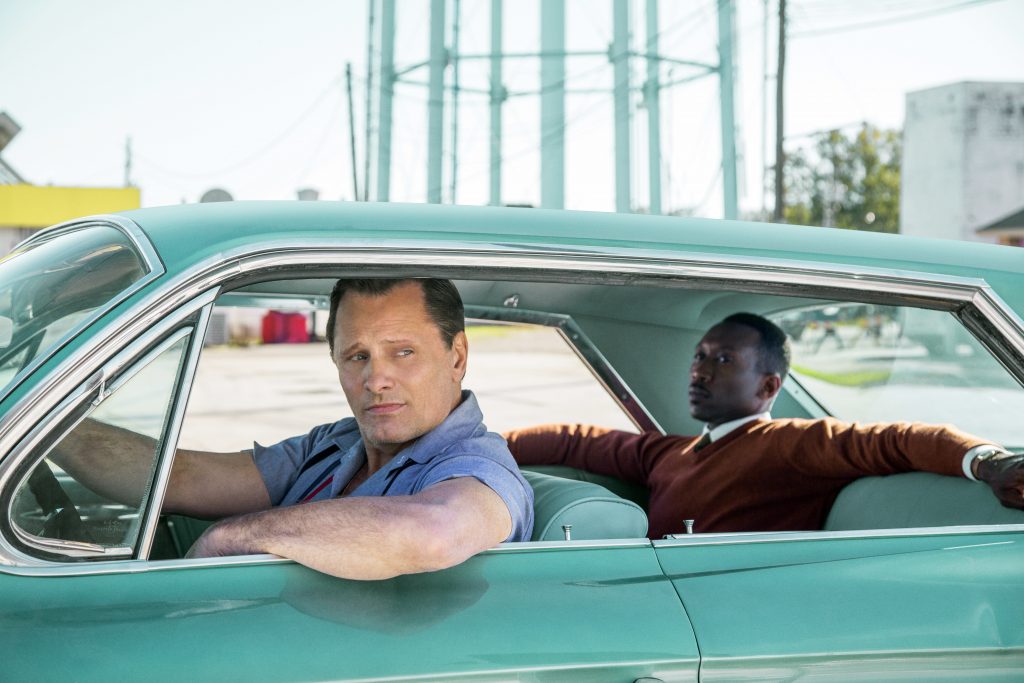
Viggo Mortensen and Mahershala Ali in Green Book

Stephan James and Brian Tyree Henry in If Beale Street Could Talk
EXHIBITION
Black in Rembrandt’s Time
Stephanie Archangel is a curator at the Dutch Rijksmuseum. For years she had been on the lookout for paintings of black people like herself. “Surely there had to be more than the stereotypical images of servants, enslaved people or caricatures?” she says in an interview with a Dutch journalist. She was right, there is more. Archangel found several beautiful 17th-century paintings of black people presented as the stars of their own portraits, and brought them together for all to admire in The Rembrandt House Museum in Amsterdam.
It was a couple of years ago that she discovered Rembrandt’s painting Two African Men in the Mauritshuis, the museum of Dutch 17th-century paintings in The Hague, and was overwhelmed: for the first time ever, she saw “real” black men in a painting, looking straight ahead and proud, their shoulders pulled back. They looked like the men she grew up with in her home country of Curaçao, a former Dutch colony. It struck her that you can tell that the men actually posed for the painting, by the way the light catches their skin and eyes. For most white people it is quite normal to be reminded of someone you know, or to recognise yourself in a painting. For her, it was a completely new experience.
The fact that Rembrandt and his contemporaries made such realistic paintings of black people is not well-known, occurring in a brief period early in the 17th century, when the slave trade had just taken off in the colonies. In a city like Amsterdam, people were not yet familiar with black people and the concept of slavery. However, as not many know, between 1630 and 1660 there was a small community of free black people living in Rembrandt’s neighbourhood in Amsterdam. During this time, Rembrandt and other painters started to make more realistic work, and that is also reflected in how they painted their male sitters from Africa.
Not long thereafter, black servants and slaves were becoming more common in European society, affecting the way they were portrayed paintings. At first, having a black boy in the background was like a mark of prestige for the rich, white elite. Then, portrayals became more negative, with hurtful caricatures becoming the standard.
The Stephanie Archangel exhibition Black in Rembrandt’s Time runs until 6 September, 2020 in The Rembrandt House Museum.
Watch a mini-documentary about the exhibition here.

SONG
Strange Fruit by Billie Holiday
Of course, there are many songs about racism, but Strange Fruit really stands out. In 1999 Time magazine called Billie Holiday’s version the “song of the century”. If you hear it, you know why. Sung in Billie Holiday’s typical slow, lazy drawl, the song stops your heart and chills your veins with its explicit, horrific content.
Strange Fruit was originally a poem written in 1937 by Abel Meeropol, a Jewish teacher and civil rights activist from the Bronx. By that time lynching was already on the decline, but the sickening image still haunted many, as a symbol of the many inhuman practices of slavery and racism. Meeropol, having seen a picture of the lynching of two black men in Indiana, couldn’t get the disturbing image of out of his head and put pen to paper.
His poem was published in The New York Teacher magazine, but also composed into a song. It was sung by Meeropol himself and his friends at political gatherings and also by several professional singers. But Strange Fruit only became a real musical success after Billie Holiday sang it in 1938. She had a special way of performing it. The waiters would stop serving and the room would go dark. And then there would be Billie Holiday, in the spotlight, pouring her heart and soul into the lyrics. The spotlight would then fade and by the time the lights came back on, she would be gone. She performed the song in exactly this way for the next 20 years, until her death.
Southern trees bear a strange fruit
Blood on the leaves and blood at the root
Black bodies swinging in the southern breeze
Strange fruit hanging from the poplar trees
Pastoral scene of the gallant South
The bulging eyes and the twisted mouth
Scent of magnolia, sweet and fresh
Then the sudden smell of burning flesh
Here is a fruit for the crows to pluck
For the rain to gather, for the wind to suck
For the sun to rot, for the tree to drop
Here is a strange and bitter crop
Songwriter: Abel Meeropol. Lyrics for Strange Fruit © Warner Chappell Music, Inc
Billie Holiday was deeply moved by the lyrics, like most people. But she also said the song reminded her of her father, who died at the young age of 39 of a lung disease, after a hospital refused to treat him because he was black. That’s why singing Strange Fruit made her sad, as she said in her autobiography. But, as she also said: “I have to keep singing it, not only because people ask for it, but because 20 years after Pop died, the things that killed him are still happening in the South.”
Listen to the song here.
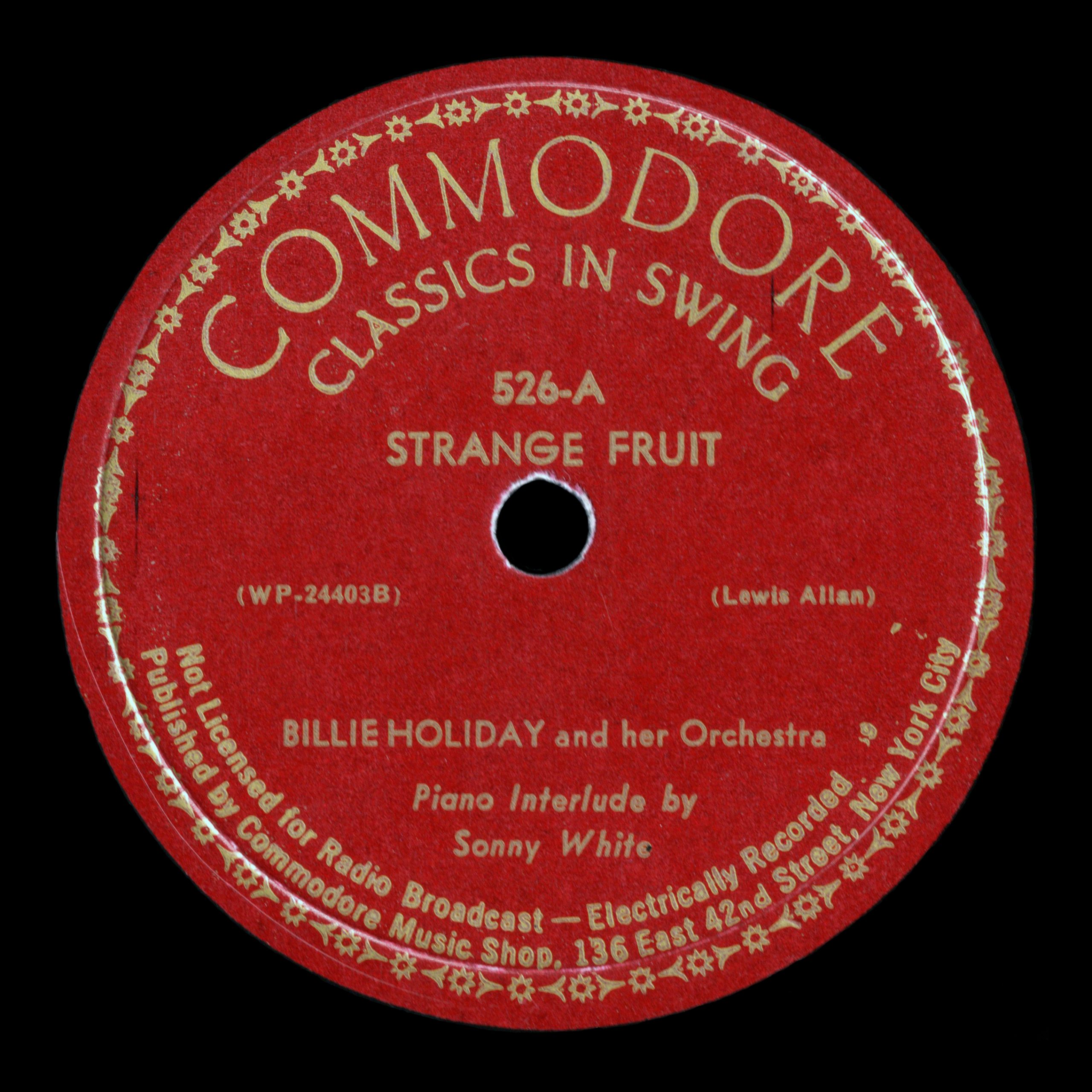
DOCUMENTARY
13th
The powerful Oscar-nominated documentary 13th by Ava DuVernay is a highly confronting series about the hidden horrors of the American justice system, prison life and the mass incarceration of, mainly black criminals.
The title refers to the 13th amendment of the American constitution that lawfully ended slavery in 1865 and at the same time permitted the government to put prisoners, even those convicted for the smallest offence, to work as involuntary labourers. The documentary shows how the amendment is still widely used today, how it basically strips the primarily black convicts of all their rights, condemning them to modern slavery.
Through in-depth interviews with experts, 13th offers a revealing insight into the civil rights movement, segregation, drug and crime wars, redlining, the American prison as big business, and how all of this has influenced the penitentiary system. This important and at times overwhelming bulk of information is presented in a clear and gripping manner, leaving you glued to the screen, infuriated and astonished.
The documentary uncovers the unjust practices of the American criminal system that have been going on for far too long. DuVernay has taken on an important task of informing the public and, hopefully, bringing about change. You can watch the documentary on Netflix.
